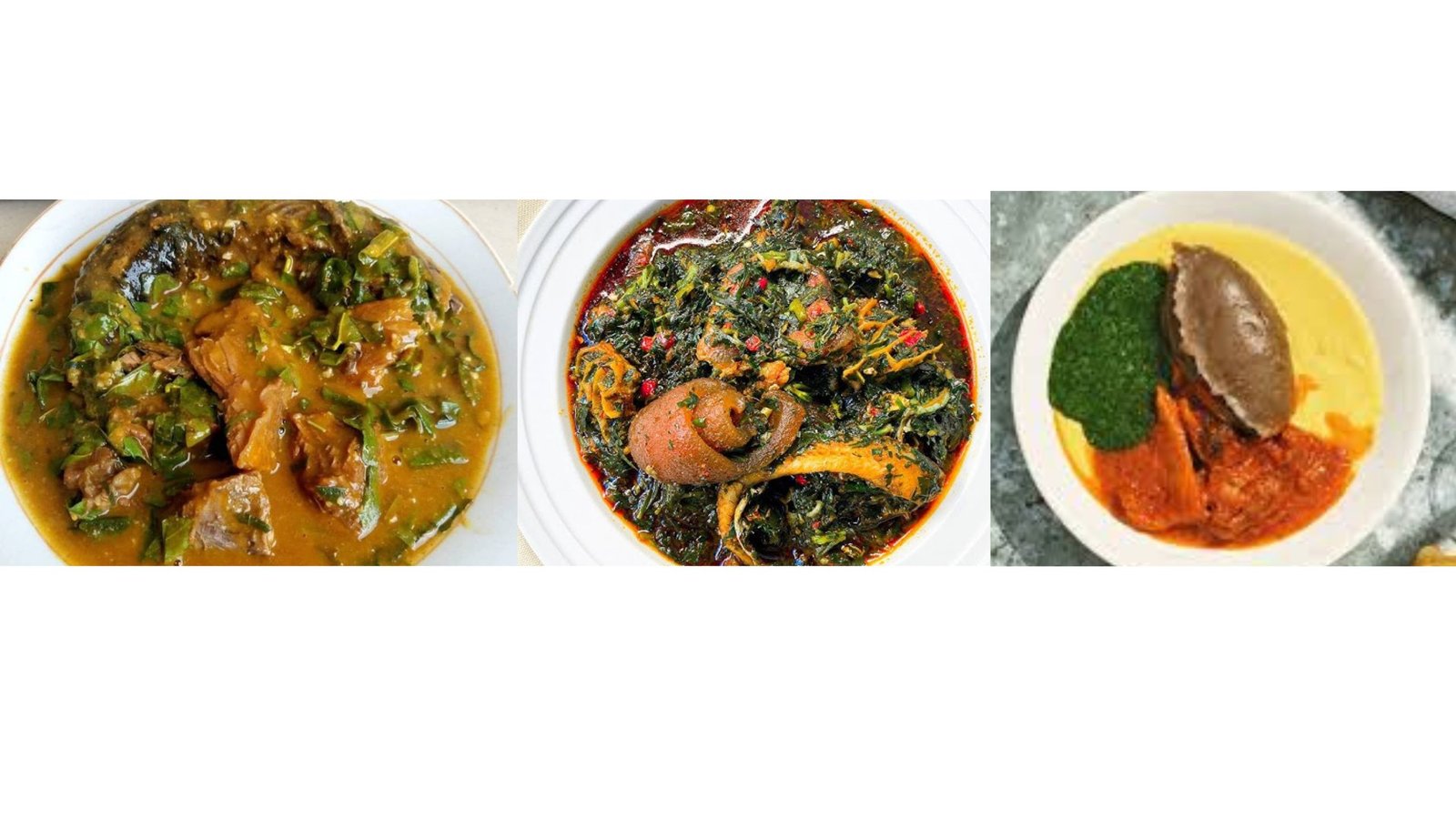Rust isn’t just a game – it’s a brutal test of your survival skills, strategy, and nerves. Whether you’re building your first base or raiding your tenth compound, the path from beginner to pro requires both knowledge and practice. The most successful Rust players understand that mastering the game means balancing combat skills with smart resource management and strategic base building. Every decision you make in Rust matters, from where you place your first sleeping bag to how you approach a potential raid target. The game rewards players who think ahead and adapt quickly to changing situations. Many new players make the mistake of focusing only on gathering resources or only on PvP, but true dominance comes from developing all aspects of your gameplay. Learning from veterans can dramatically speed up your progression in Rust. Setting the right game settings, understanding effective base designs, and developing solid PvP habits will transform your experience from constantly dying to consistently thriving. With the right approach, even solo players can stand their ground against larger groups and carve out their own territory on even the most competitive servers. Mastering the Basics of Rust Before you can dominate any server, you need to nail down the fundamentals. Rust demands both technical skill and strategic thinking to survive its harsh world. Understanding Rust Mechanics First things first – learn the core game mechanics. Rust operates on a day/night cycle that directly impacts your survival. During night, visibility drops dramatically, making you vulnerable to both players and the environment. Your health and hunger meters require constant attention. Eating food maintains health regeneration, while being cold or wet damages you over time. Always check your inventory management. The quick-access toolbar holds your essential items, so organize it wisely with weapons, tools, and medical supplies. Combat mechanics involve bullet drop, damage falloff, and recoil patterns unique to each weapon. Practice on aim-training servers before diving into PvP. Understand building mechanics too. Your Tool Cupboard (TC) is crucial – it prevents decay and unauthorized building in your area. Always place it in the most secure part of your base. Learning the Map and Terrain Monuments are key locations that contain high-tier loot but also attract other players. Start with safer ones like Supermarket or Gas Station before attempting Military Tunnel or Launch Site. Study natural landmarks to navigate without a map. Mountains, rock formations, and shorelines serve as reference points when you’re lost. Biomes affect your survival strategy. Snowy areas require warm clothing but often have less competition for resources. Desert regions provide better visibility but less cover. Key Monument Tips: Dome: Climb carefully to avoid fall damageAirfield: Listen for scientists’ footstepsWater Treatment: Check radiation levels before entering Build your base in strategic locations – near resources but away from high-traffic areas. Consider proximity to fresh water and natural barriers for protection. Resource Gathering and Crafting Essentials Resource gathering is your first priority when starting. Hit trees with any tool to get wood, and boulders for stone, metal, and sulfur. Focus on gathering these critical resources first: Wood: For basic building and tool craftingStone: For upgrading base wallsMetal: For weapons and better toolsCloth: For medical supplies and basic clothing The workbench progression system controls what you can craft. Level 1 workbenches unlock basic items, while levels 2 and 3 give access to advanced weapons and explosives. Learn to recycle unwanted items at monuments. This gives you components like metal fragments and high-quality metal for crafting better gear. Set up a small, secure base before focusing on bigger projects. A 2×2 with an airlock provides adequate protection while you gather more resources. Always craft essential items first: sleeping bag (respawn point), code lock (security), and furnace (smelting). These three items drastically improve your survival chances early on. Advanced Survival Strategies Mastering Rust requires going beyond basic gameplay mechanics. These strategies will help you control territory, stay alive longer, and gain respect from other players on your server. Building Fortified Structures Your base is your lifeline in Rust. Don’t build in open fields where you’re exposed from all angles. Choose locations with natural protection like cliffs or dense forests. Always build with stone or metal as quickly as possible. Wood bases get raided fast. Use multiple doors and airlocks to prevent door campers from rushing in when you exit. Honeycomb your base by adding extra layers of walls around your core rooms. This increases raid cost dramatically. Add traps like shotgun traps and flame turrets at entry points. Smart players place these in unexpected spots where raiders won’t check. Consider building a compound with high external walls once you’re established. This gives you space to expand and creates an extra layer of protection. Keep TC (Tool Cupboard) in a separate, hidden room. If raiders get your main loot but miss the TC, you can rebuild faster. Forming Alliances and Trading Solo play is hard mode in Rust. Finding trustworthy allies dramatically improves your survival chances. Start small by being friendly with neighbors. Help them fight off raiders or share resources when they’re starting out. This builds goodwill you can call on later. Set up trading relationships with larger groups. Offer them sulfur or components in exchange for protection or weapons. Join Discord servers for your game server to network outside the game. Many alliances form here before ever meeting in-game. Never trust anyone completely. Keep your main base location and best loot secret even from allies. In Rust, today’s friend can be tomorrow’s raider. Consider creating a small trading post separate from your main base. This lets you do business without revealing your primary location. Stealth Tactics and Evasion Sometimes the best strategy is not being seen at all. Move during night or bad weather when visibility is poor. Keep a low profile early in a wipe. Don’t build huge bases that scream “raid me” before you have the firepower to defend them. Use silencers on weapons when farming resources or taking on NPCs. Gunshots attract unwanted attention from players looking for easy kills. Stash small loot caches around the map in hidden spots. If your main base gets raided, you’ll still have resources to rebuild. Learn to use terrain for cover when moving between locations. Stay close to rocks, trees and hills rather than running across open fields. Always have escape routes planned. Know which direction to run if you encounter hostile players while farming or looting monuments. Dominating in PvP Combat PvP is the heart of Rust. Winning fights means you keep your loot and take others’ resources, accelerating your progress dramatically. Combat Skill Development Combat skills don’t develop overnight. You need dedicated practice on the right servers. Search for “Battlefield” tagged servers in the modded section. These servers give you immediate kits and boosted resources so you can focus purely on fighting. Try aim training servers to improve your accuracy. These specialized environments let you practice headshots without the stress of losing real gear.
Discover more from viewnowafrica.com.ng
Subscribe to get the latest posts sent to your email.


